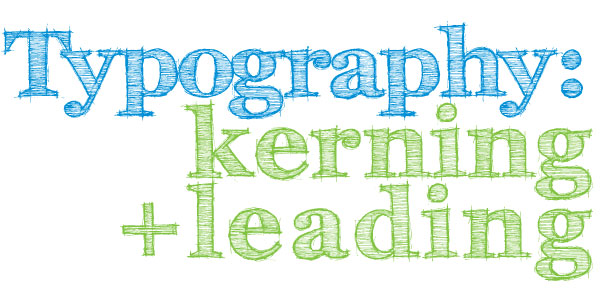
Kerning on the other hand, refers to the whitespace between specific pairs of characters. In general, the straighter the side of the glyph (as in the letters ‘H’ and ‘l’), the greater the sidebearing. These values of whitespace are called ‘sidebearings’.

Let’s begin with terms: spacing refers to the amount of whitespace on either side of a glyph (elemental symbol intended to represent a readable character). Still, this is a foundation of knowledge you can’t miss out on, particularly if you’re interested in a design career. After all, kerning and spacing are hardly creative in nature. So it’s common for them to feel bored when presented with facts and figures pertaining to type. This can be fixed with a few clicks today.īudding designers usually learn on the job. When placed side by side, you may notice either too much or too little space. When you look at type, imagine an ‘invisible box’ surrounding it, representing the old wooden or metal blocks. While we don’t use the same process today, the concept remains more or less the same. So if a typesetter wanted less spacing between them, he might sometimes shave a bit off the sides to make the letters fit closer together. These are then put onto the press, inked, then placed under the platen to create an impression on paper.Įach character would seem ‘boxed’, surrounded by the shape of the wooden or metal block where it was carved. The typesetter would pick a sort then place it on the composing stick, arranging the letters from left to right. Much like stamping, there would usually be one letter or character per block (these are called sorts in the mechanical system). This can require two or more different kinds of fonts, depending on the design.

In the olden days of print publishing, typesetting was an important process where metal or wooden blocks were arranged to form words, lines, and paragraphs. In worst case scenarios, they can even ruin a brand.īut why is this a big deal? And if you’re a typographer, why should you bother learning the basics? More than a shared passion against Comic Sans, nothing makes a designer wince in silent pain than seeing bad kerning and spacing. Well, you’re not alone – typographers notice these nuances, too (and are often irked by them).


 0 kommentar(er)
0 kommentar(er)
